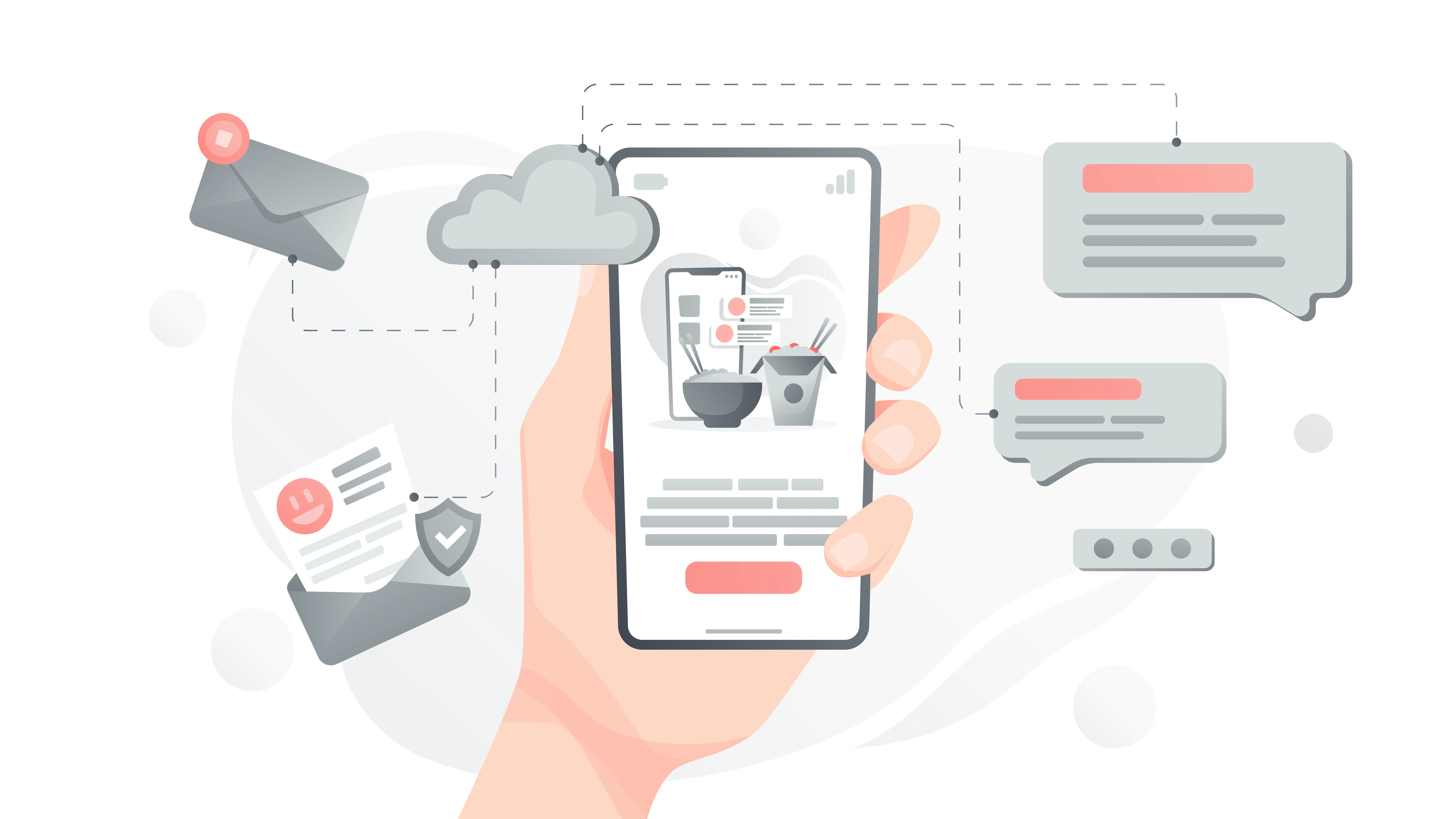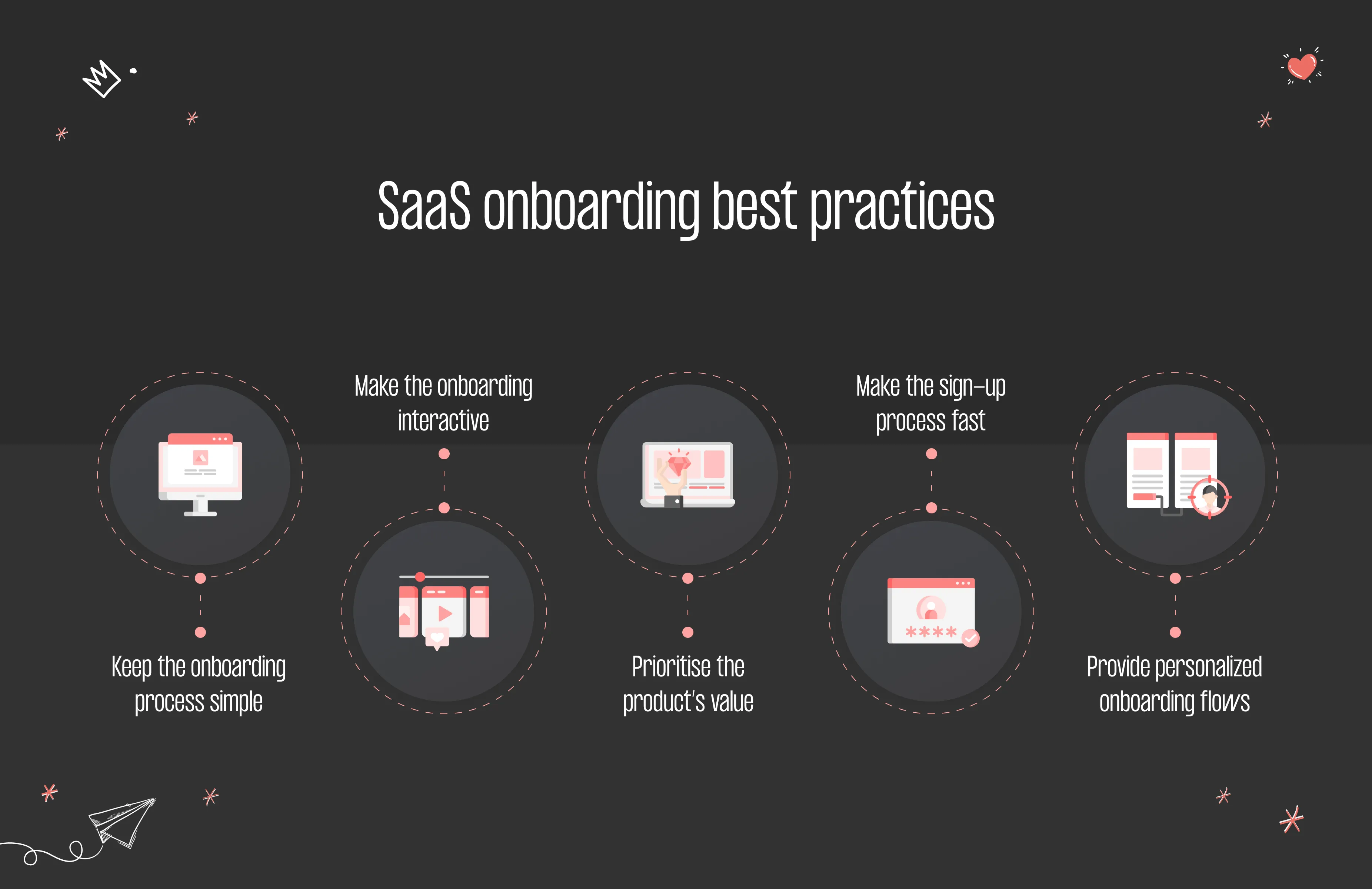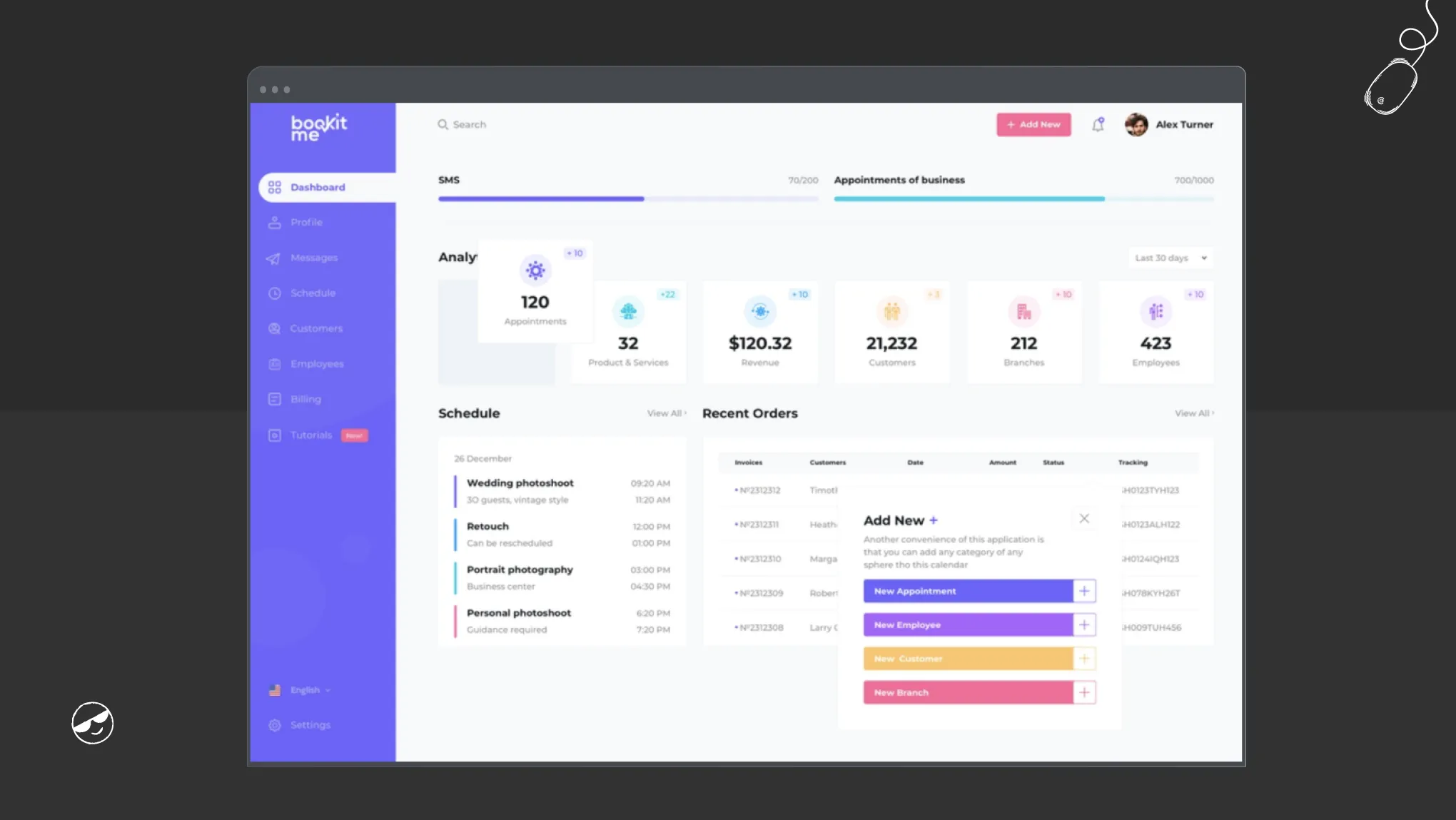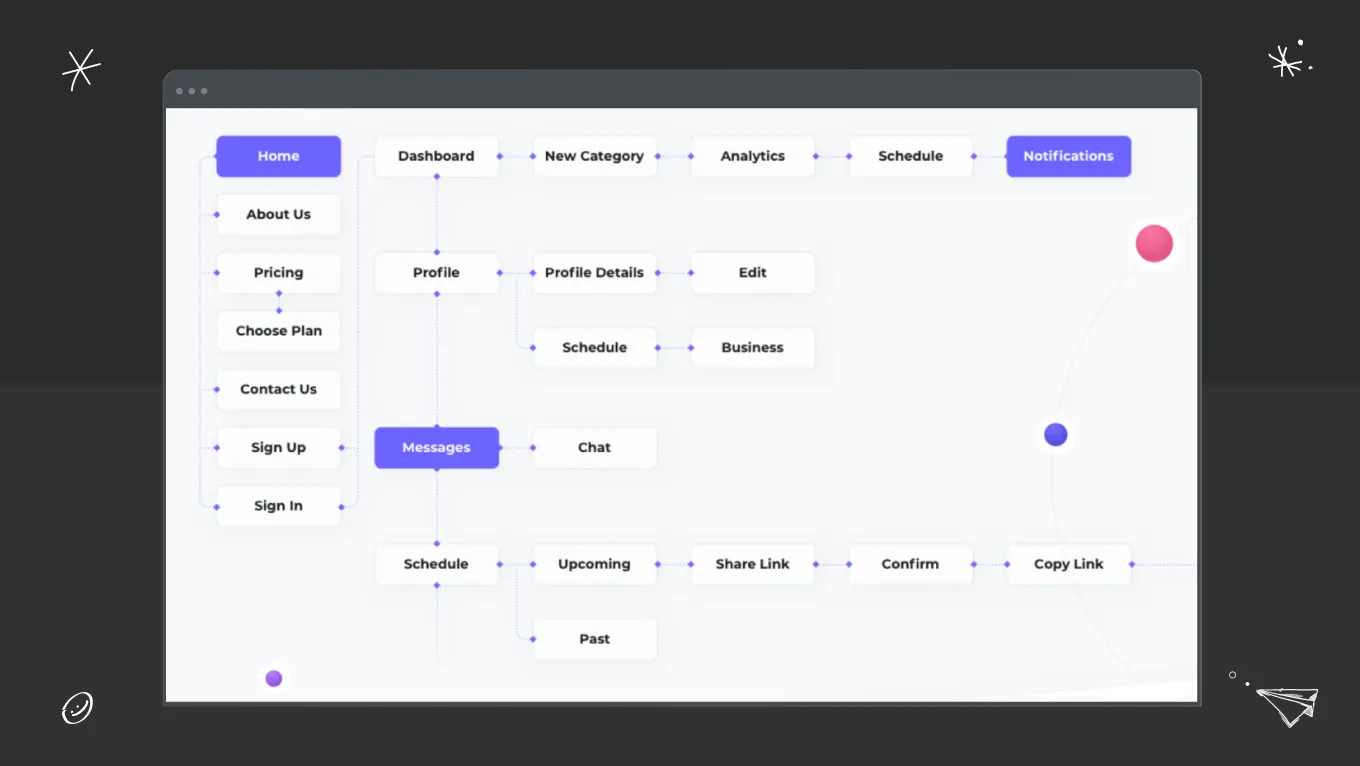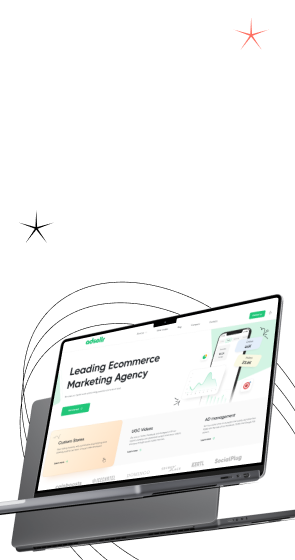Customers define the success of your product. SaaS user onboarding is essential in helping new users stick with you. It’s the best chance to show them how your product helps to meet their needs. The customer onboarding process is a long journey of learning how to use the specific platform. Your income depends on the effectiveness of your onboarding program, as 63% of customers consider it when making a purchasing decision. Let’s see how you can impact the users’ first impression.

